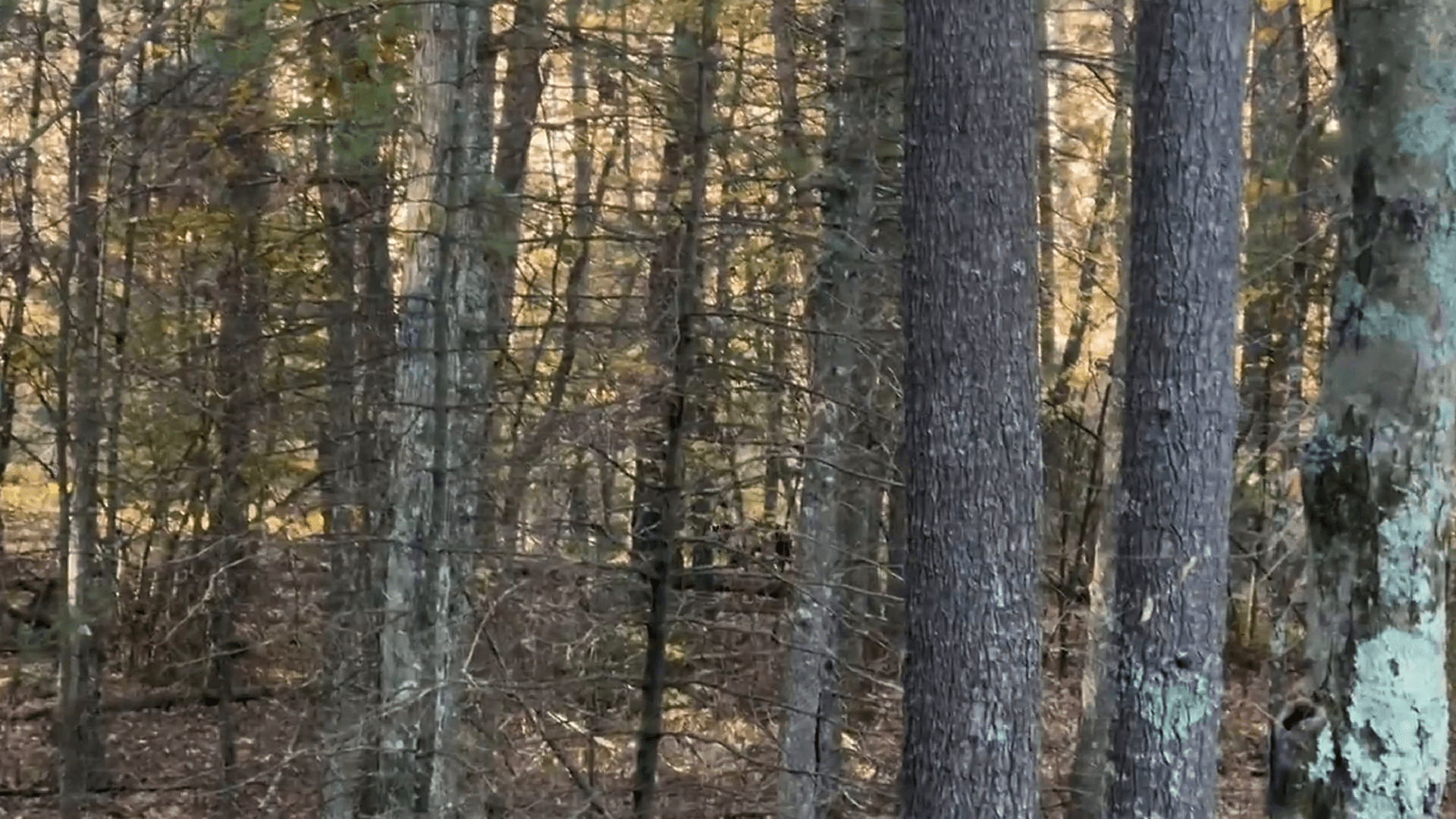MEGA Deer Ambush Hunt (7 Days in a Rut Wilderness Camp) Out there doing it with JE Wilds. Join Hunting Guides Joe E, Joe F and Katherine as they hunt Alpine Animals in the Mountains of the South Island of New Zealand. Amazing scenery for a multi day camping hunt in the heart of the wild West Coast Wilderness of New Zealand. https://www.youtube.com/watch?v=atuaQQ53QgQ
Post: 25 July 17:15















































